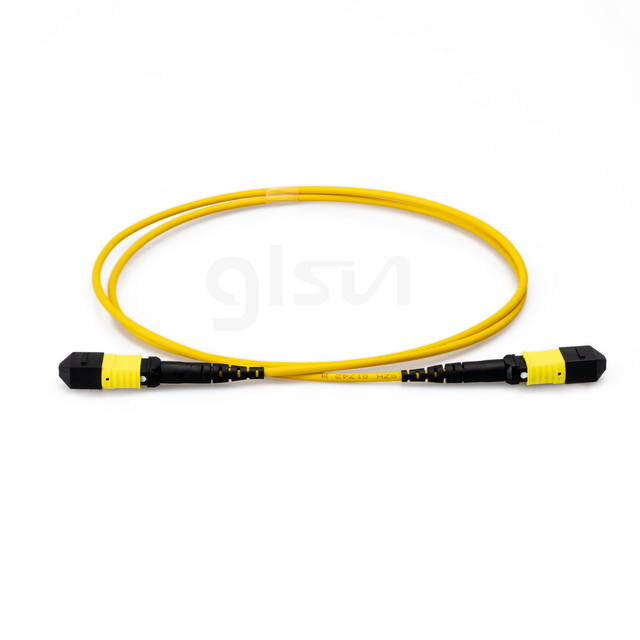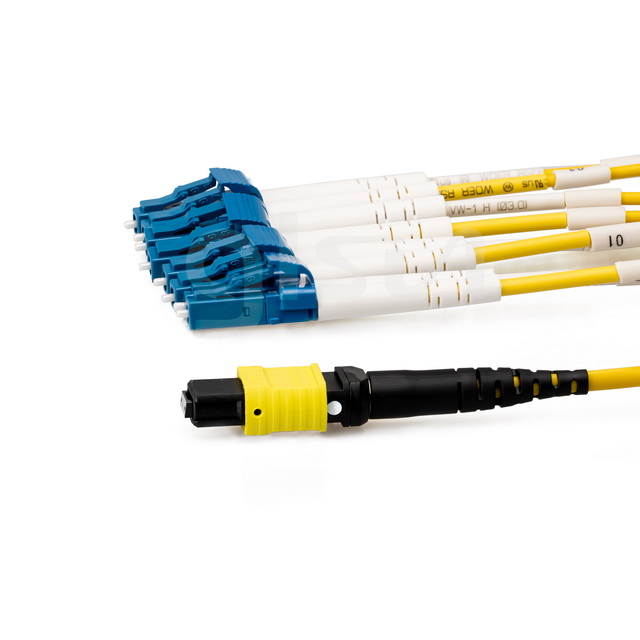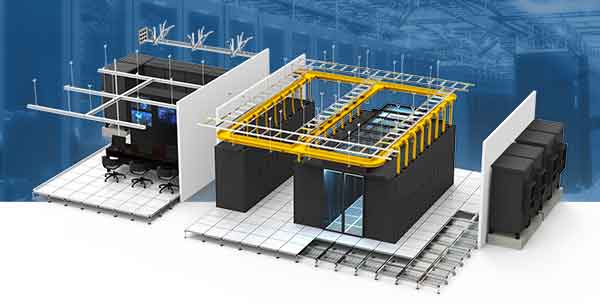Fiber Optic Tech
Powering High-Density Data Center Connections
The modern data center is a demanding environment. It craves speed, efficiency, and scalability, all while navigating the constraints of physical space. Enter MPO fiber optic cables, a critical innovation that addresses these challenges, making them the backbone of high-density data center connectivity. MPO (Multi-Fiber Push-On) fiber optic cables are a key technology for high-density, high-bandwidth applications in data centers. They offer a faster, more efficient way to connect network devices compared to traditional single-fiber or duplex fiber optic cables.
What are MPO Cables?
MPO stands for "Multi-Fiber Push On." These cables house multiple optical fibers within a single connector, enabling a significant increase in data transmission capacity compared to traditional single-fiber cables. Imagine it as a multi-lane highway versus a single country road; more lanes equate to more traffic flow and faster speeds. MPO cables contain multiple optical fibers (typically 8, 12, or 24) pre-terminated with a specialized connector. This connector allows for quick and easy installation, unlike traditional fiber cables that require manual termination on-site. MPO connectors are also known by the trademarked term MTP (MPO connector from US Conec), though both terms are often used interchangeably.


Benefits of MPO cables in the Data Center
High Density: MPO cables excel in maximizing space. Their compact design allows for more connections within a smaller footprint, crucial for the ever-growing equipment density in data centers. This translates to efficient utilization of valuable rack space and improved cable management. MPO cables pack a much higher fiber count into a single connector compared to duplex cables. This reduces cable clutter and saves space in data centers.
Scalability: As data demands grow, MPO cables provide the flexibility to easily scale up connectivity. Adding new connections is as simple as plugging in another MPO cable, ensuring your infrastructure can adapt to evolving needs without major overhauls. MPO cables can handle significantly more data traffic compared to duplex cables.
Speed and Bandwidth: MPO cables support high-speed data transmission, catering to the bandwidth-hungry applications of modern data centers. They are ideal for 40G, 100G, and even 400G Ethernet connections, ensuring your data center remains at the cutting edge of performance.
Faster Deployment: MPO cables come pre-terminated, meaning they are ready to plug and play. MPO cables simplify cable management and reduce the number of connections needed. This significantly reduces installation time and complexity compared to traditional fiber optic cables that require on-site termination, leading to faster deployment and reduced downtime. Pre-terminated MPO cables eliminate the need for field termination, saving time and labor costs during installation.

Common MPO Configurations in Data Centers
Trunk Cables:These connect different areas within the data center, like between server racks and patch panels, carrying a high volume of data traffic.
Harness Cables/Fanouts: These break out an MPO connector into several individual connectors, facilitating connection to individual equipment ports.
Cassette Modules: These offer a modular solution for patching and managing MPO connections within a compact housing, improving organization and accessibility.
Choosing the Right MPO Cable, several factors need to be considered when choosing MPO cables, including:
Fiber Count: The number of fibers in the cable will determine its bandwidth capacity.
Cable Length: MPO cables are available in various lengths to suit different data center layouts.
Connector Type: MPO connectors come in different polish types (PC, UPC, and APC) for single-mode or multimode fiber applications.
Polarity: Ensuring correct polarity is essential for proper data transmission. MPO cables come in different polarity types, and it's crucial to choose and configure them appropriately.
Testing and Cleaning: Due to their high density, MPO connectors require specific cleaning tools and testing methods to maintain optimal performance.
As data centers continue to evolve and demand ever-increasing capacity, MPO fiber optic cables will remain a critical technology. Their ability to deliver high-density, scalable, fast deployment and high-speed connections makes them the ideal solution for supporting the ever-growing bandwidth demands of modern data centers. MPO fiber optic cables are a powerful solution for high-speed data center networks. If you're planning a data center upgrade, MPO cables are definitely worth considering.



















